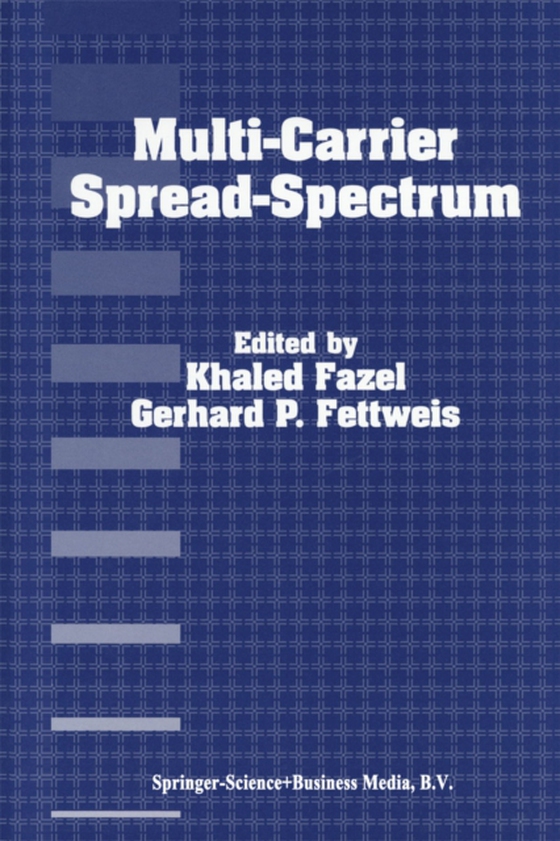
Multi-Carrier Spread-Spectrum e-bog
436,85 DKK
(inkl. moms 546,06 DKK)
l 1 Khaled Fazel , Gerhard P. Fettweis lGerman Aerospace Research Establishment (DLR) Institute for Communications Technology 0-82234 Oberpfaffenhofen, Germany lDresden University of Technology Department of Electrical Engineering 0-01062 Dresden, Germany To operate future generation multimedia communications systems high data rate transmission needs to be guaranteed with a high quality of serv...
E-bog
436,85 DKK
Forlag
Springer
Udgivet
6 december 2012
Genrer
THR
Sprog
English
Format
pdf
Beskyttelse
LCP
ISBN
9781461562313
l 1 Khaled Fazel , Gerhard P. Fettweis lGerman Aerospace Research Establishment (DLR) Institute for Communications Technology 0-82234 Oberpfaffenhofen, Germany lDresden University of Technology Department of Electrical Engineering 0-01062 Dresden, Germany To operate future generation multimedia communications systems high data rate transmission needs to be guaranteed with a high quality of service. For instance, the third generation cellular mobile systems should offer a high data rate up to 2 Mbitls for video, audio, speech and data transmission [1]. In addition, the important challenge for these cellular systems will be the choice of an appropriate multiple access scheme. These trends motivated many researchers to look for multiple access systems that offer high spectral efficiency. The technique of spread spectrum originating from the military applications may allow partly to fulfill the above requirements. Advantages of spread spectrum technique are broadly known: High immunity against multipath distortion, no need for frequency planning, high flexibility, easier variable rate transmission etc. [1-2]. A multiple access scheme based on direct sequence spread spectrum, known as direct sequence code division multiple access (DS-CDMA) relies on spreading the data stream using an assigned spreading code for each user in the time domain. The capability of minimising multiple access interference (MAl) is given by the cross- correlation properties of spreading codes. In the case of multipath propagation the capability of distinguishing one component from others in the composite received signal is offered by the auto-correlation properties of the spreading codes [2].
 Dansk
Dansk

